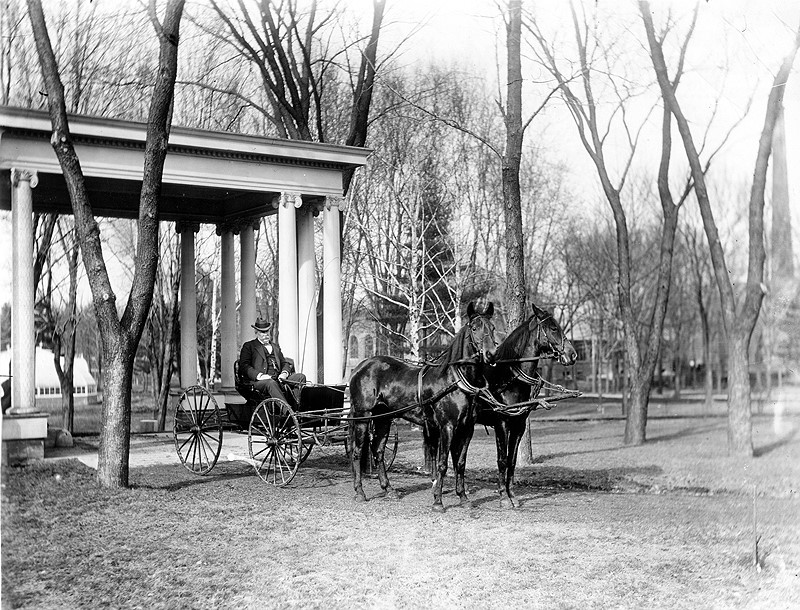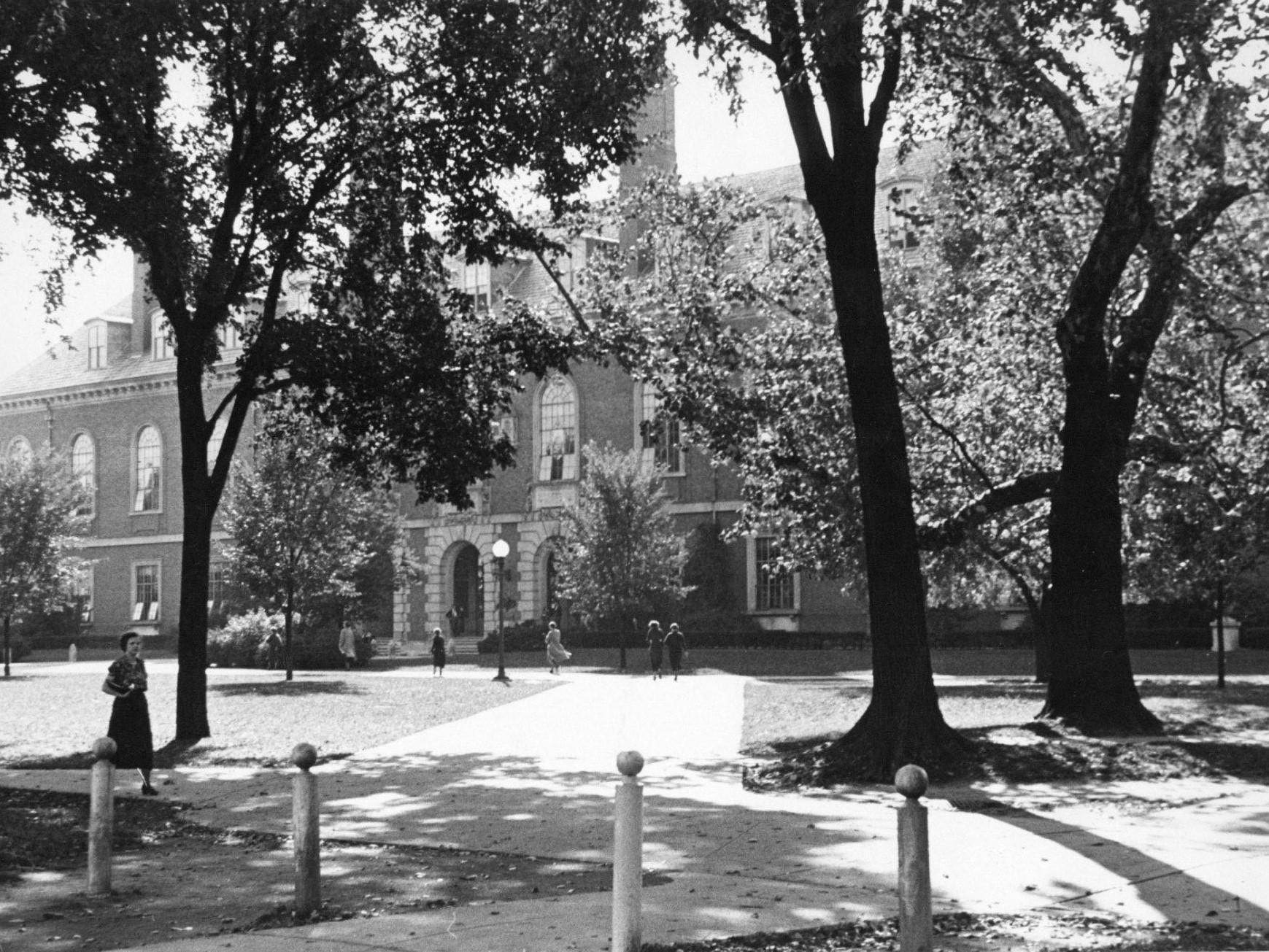There is no question whether or not our squirrel population is thriving in the UIUC campus area. It’s unlikely anyone hasn’t had a run-in with these bouncy rodents at some point or another. Whether they’ve dug up your garden beds, rummaged through your garbage cans, or chowed down on your Halloween pumpkins – the squirrels here are pesky and they are everywhere.
When I first moved to Urbana-Champaign, I was struck by three things: the flat topography (having moved from the mountainous region of North Carolina), the lack of trees, and the very, very high population of gray squirrels. I am no natural habitat specialist, but from what I understand, trees and squirrels are symbiotic - meaning, the trees provide food and shelter from predators, while the squirrels help propagate the trees by burying their nuts and seeds in the ground. How then are these critters so successful? After some research, the truth of the matter is that our squirrel population may be descendants of transplants brought in a little over a century ago.
From 1894-1904, Andrew Sloan Draper served as president for the University of Illinois Urbana-Champaign. Draper’s contributions to the university include, (but are not limited to), establishing the colleges of medicine, dentistry, commerce, and law; implementing modernized technology such as a system of mechanized clocks and bells controlled by electricity for all campus buildings, a water plant, an automatic university phone system, installing central heating, lighting and a power plant; he officially named the school colors blue and orange; and (most importantly to this story), introduced a colony of squirrels to the university grounds because he thought, “the little rodents would add charm to the campus.”

It’s hard to imagine, but squirrels were a rare sight in Champaign County at the start of Draper's presidency. According to the Illinois Natural History Survey conducted in June 1978, Distribution and Abundance of the Gray Squirrel in Illinois, the early settlers of the 1840s and 50s caused “extensive clearing of the virgin forests [that] led to the virtual disappearance of gray squirrels in many of [Illinois’] central and northern counties.” In response to the lack of wildlife, Draper proposed his plan to methodically capture and transplant three separate deliveries of three-dozen squirrels onto the University’s campus. Draper noted that this squirrel relocation project would cost roughly $250 (approximately $8,344 dollars in today’s money).
In the Spring of 1901, a meeting of the U of I’s Board of Trustees unanimously agreed upon President Draper’s request for reintroducing squirrels to the campus grounds. “The presence of the squirrels,” Draper stated, “would be romantic and [a] pretty feature, and would afford a constant reason for exercising restraint on the destructive inclination of too many young people.”

In an effort to protect the newly introduced squirrel population, both the Champaign and Urbana city councils passed ordinances that made any harm or attempt at killing a squirrel a misdemeanor, punishable by a fine between $3 - $10.
So, the next time you see one of those scrappy squirrels around, remember - it may have been our ancestors that originally drove them off, but Draper brought them back, and they are definitely here to stay.
-Savannah A.
Former Archives Apprentice
